|
Also available on PlayStation 4, Switch, Linux, OSX, and Windows Amnesia: A Machine for Pigs is the direct sequel to Amnesia: The Dark Descent and takes place a few decades after. The tone and focus of this game are a bit different than the first one, and while I personally think that's to the game's detriment, by no means does that mean that this is a bad game or a bad sequel. Rather than focusing on the supernatural as the first game did, Machine for Pigs focuses more on man-made horrors, and while it makes a very salient point, I'm personally more partial to supernatural horror (same reason that slasher flicks aren't as enjoyable for me as a good demonic possession film). The game takes place in London, and as the title hints, is focused around a massive and complex machine in a meat packing facility. I won't say more than that so as not to spoil the story - a story which is actually really interesting as you progress through the game and unravel its mysteries - but that machine is the root of the horror here. Machine for Pigs is much more focused on making a point than Dark Descent was, and as a result, the emphasis is put on revealing its horrors to you more than making you hide from them. There is no sanity meter to degrade from looking at enemies, so feel free to gaze at the game's monstrosities to your heart's content. There are also significantly fewer enemies than in Dark Descent. You'll still have to run and hide from some, but it's much common in Machine for Pigs. There's also no static health status here, either, so if you're injured, just hide for a few à la Call of Duty. That all makes it sound like the game isn't particularly scary, but that's definitely not true. The setting and atmosphere of the game is still extremely disconcerting, and while the enemy encounters are much less frequent than in Dark Descent, there's no indication when an enemy might appear, so you're pretty much always on guard. It seems like as soon as I got into the swing of things with puzzle solving, it would turn out to be a false sense of security soon the be shattered by the discovery of an enemy. Still, though, exploration and puzzle-solving are the name of the game here more than enemy and darkness avoidance. You have a lantern that doesn't run out of fuel, and there are no finite tinderboxes to light candles; if you see a lamp, simply turn it on. That, admittedly, does detract a bit from the horror, but again, the focus this time seems much more on unraveling the mystery of the story than on sprinting from light source to light source. To be clear at the start of this conclusion, Amnesia: A Machine for Pigs is a good horror game and absolutely worth playing. That said, it falls short of the original. Its story-telling and enemy AI are rock solid, but there just isn't enough danger to the player or fear-inducing environments to provide the degree of horror that the first game did. Fans of the original game will likely be disappointed with this one but not to the extent that they should skip it. As I said, it's a good game, and I thoroughly enjoyed unraveling the story and the message the game is trying to convey. It's definitely worth a play; just don't expect it to be more of the same. It's definitely its own beast that doesn't allow itself to be confined by the structure or design of the original game. It may not be "as good" as the original, but by no means does that make it "not good." My Rating - BAlso available on PlayStation 4, Switch, Linux, OSX, and Windows Amnesia: Justine was originally a self-contained story DLC for Amnesia: The Dark Descent now included in Amnesia Collection. It's a very short game - only an hour or two long depending on how quickly you figure out the puzzles - but it provides a fairly unique experience compared to the first game. Like The Dark Descent, you find yourself waking in a room with no memory. In the room is a phonograph with a recording of a woman named Justine who says that you're about to undergo a test of character. As you progress through the dungeon in which you find yourself, you encounter enemies similar to those in The Dark Descent, and like The Dark Descent, you're utterly powerless to do anything except hide. As you make your way through, you'll encounter three prisoners whose fates are tied to the puzzles you must solve. There are easy ways through the chambers of this dungeon, but those easy methods result in the prisoners' deaths; if you want to save everyone, you'll have to solve these puzzles the hard way. The aspect of character choice is what makes Justine stand out to me; I love games that have either a morality system or at least definite moral choices. Do I escape easily at the cost of a man's life, or do I put in extra effort and save him? Do I risk bloody dismemberment to save a man, or do I ensure my own safety by leaving him to die a horrible death? These sorts of choices make a game shine for me because it gives me some agency and makes me feel invested; even if they're just game characters, these men's lives are in my hands. Justine is extremely short and can easily be completed in a single sitting, but don't let that dissuade you; Amnesia Collection is already quite affordable, and its story is self-contained, so you don't need to play The Dark Descent first if you don't want to. It's a great little bite-sized horror game if you need a little spoop in your evening. My Rating - AAlso available on PlayStation 4, Switch, Android, Linux, OSX, and Windows Horror is my favorite genre of both movie and video game, and every October, I play at least a couple of horror games in the week or two leading up to Halloween as it's also my favorite holiday. I love to be scared, and when a horror game is done well and played in the dark, it can definitely get a good scare out of me. The games that rely purely on jump scares like Five Disappointments at Freddy's are trash, but good atmospheric horror is peak gaming in my opinion. Amnesia: The Dark Descent absolutely falls into that category. There are a few jump scares here and there, but they're not what the game relies on to scare the player. Amnesia is a fairly old game, so don't go into it expecting Resident Evil 8 quality visuals. That said, it looks extremely good on Xbox and even on Switch. It's the first game in a series of four so far, and at the time of its release, I remember hearing that it was a relatively novel type of horror game by relying almost entirely on atmosphere and lighting to build the player's fear rather than hordes of monsters and jump scares. I tried it back in the day on PC, but I got frustrated and gave up with the water monsters (if you know, you know). I wanted to give it an honest second try, though, and seeing the collection of the first three games on sale for $3 on Switch and included on Game Pass, I did the sensible thing - bought it on Switch to sit on my SD card and then proceeded to play it on Game Pass. You play as Daniel, a British man who's lost all memory except for his name and where he's from. All he has to clue him in as to the situation is a letter from himself before his lost memory, and all it says is basically "Shit's messed up, so find this dude named Alexander and gank him." Well, that's not helpful, but clearly this Alexander fellow is nefarious, so let's get our bearings and remove him. As you make your way through the mansion in which you awaken, you notice a lot of supernatural events - doors moving, disembodied voices, wind out of nowhere blowing out candles, and some weird red pulsating...tissue...of some sort covering walls and floors. That's where the horror begins as the strange goings-on continue and increase in both frequency and severity while you're left in the dark with no idea who or what is causing it. As you progress through the game and solve puzzles, you'll find diary entries from Daniel that fill in his backstory and how he found himself in this supernatural tribulation. Eventually, you do discover that you're not alone; the manor is also haunted by disfigured horrors that skulk around and will kill you on sight. You have no way to fight them, though; the game is an exercise in avoidance and evasion. That's another aspect of the horror - a foe out to kill you but against which you're powerless to fight back. Amnesia: The Dark Descent does seem to have start a surge in the "can't fight back" sub-genre of horror games that builds tension and fear from the feeling of complete helplessness rather than enemies that are just hard to kill. Writing that out, it sounds like a difference without a distinction, but playing these games, the difference is very real, and Amnesia is significantly scarier to me than, say, Resident Evil because of it. Because Amnesia walked, games like Outlast and the tragically aborted PT could run...straight into a broom closet to hide from hideous horrors. Given its relatively low price point and its widespread availability, Amnesia: The Dark Descent is definitely a game that all horror fans need to experience. My Rating - SXenoblade Chronicles 3 is the fourth chapter of the "Xenoblade Chronicles" sub-set of the Xeno series (which includes the completely unrelated Xenogears and the three Xenosaga games), and it's the end of the Xenoblade trilogy since Xenoblade Chronicles X isn't related at all despite sharing the title. Up until this game, Xenoblade Chronicles and Xenoblade Chronicles 2 weren't related to one another, either, but this game bridges the two and ties them together into a (mostly) cohesive trilogy. I wasn't sure exactly how this would connect XC1 and XC2, and the fact that I haven't played either of those games since their launch years didn't help that. You notice pretty much right off the bat, though, that one of the two factions in the game - Keves - has races seen in Xenoblade Chronicles whereas the other faction - Agnus - has races seen in Xenoblade Chronicles 2. Still, though, that doesn't necessarily mean they're connected; Final Fantasy games have a lot of references to one another (Cid, anyone?) without being directly related via narrative. Throughout the game, though, there are numerous other relatively minor nods to the other two games. I won't spoil it, but in the latter half of the game, the whole picture starts to take shape, and the curtain is slowly lifted on the overarching narrative and exactly how Xenoblade Chronicles and Xenoblade Chronicles 2 tie together in Xenoblade Chronicles 3. If you haven't played the other two games recently (or just have a terrible memory like me), you may be grasping at straws to remember all of the details being referenced, but even then, there are some parts that you'll definitely recognize unless you straight up have Alzheimer's. XC3 makes a lot of improvements over the previous two games and continues some of the quality of life improvements that XC2 started. The music here is the best of the series yet (although I have a soft spot for the bizarre soundtrack in XCX), and the characters are right up there with XC2's character. Rex annoyed me a bit in 2, but Noah is a significantly better protagonist, and the supporting characters in 3 are every bit as fantastic as they were in 2. Especially Mio. Gotta love a girl with cat ears. The quests, while still a bit monotonous after a while, are a massive improvement over the previous two games. They're significantly easier to track and not nearly as tedious as in the first game. The strongest point of XC3 in my opinion, however, is the cast of supporting characters. They are all compelling with interesting backstories and are fully voice acted. Xenoblade Chronicles 3 is definitely one of the best JRPGs on the Switch if not the best. It has pretty much everything you want in a JRPG - interesting characters, a fun world to explore, epic monsters to fight, and MORE than enough content to get your money's worth. My biggest complaint is that it's a little *too* massive in my opinion. I also think - and this goes for all series, not just Xenoblade - that they need a recap at the beginning of the of the series so far so I'm not depending on either having replayed the series recently or having a significantly better memory than I do. Either way, though, the game is absolutely phenomenal. It looks astounding for the Switch, and aside from a few performance hiccups, it runs extremely well, too, although the loading times are a bit excessive at times. If you have a Switch, this game deserves as spot on your shelf (or your SD card). My Rating - AAlso available on 3DS After the enormous success of Pokemon Red, Blue, and Yellow (plus Green in Japan), GameFreak got to work on the sequel games. In comes the Gen 2 games, Gold and Silver, that have you explore through Johto, conquer the Pokemon League, and then explore through Kanto. As was tradition until Gen 8, they then released an enhanced version of Gold and Silver - Pokemon Crystal. The Gen 2 games have you play as a kid in New Bark Town starting off on his (or her, if you’re playing Crystal since it introduced the first playable female protagonist) Pokemon journey in Johto. There’s a sketchy dude creeping outside Professor Elm’s lab who ends up being your rival (and a wanted criminal), but like Gen 1, the focus is on your adventure more than the overarching plot. You journey through Johto, catching legendary Pokemon and collecting the eight gym badges, and eventually challenging the Elite Four and becoming champion, just like in Gen 1. The big difference here is that you can then travel to Kanto and collect eight MORE badges. With all 16 badges, you can explore Mt. Silver and eventually battle Red, the protagonist from Gen 1. This is, hands down, one of the hardest NPC battles of the Pokemon franchise with Pokemon levels that top level 80. Crystal Version is, without a doubt, the definitive Gen 2 experience. As one would expect, there are some Pokemon from the Johto dex that can’t be obtained in Crystal, so you’ll need to trade with Gold and Silver if you want to catch ‘em all, and there are a handful of Kanto Pokemon that require trades with Red, Blue, or Yellow. The biggest change to Crystal from Gold and Silver is some story details; Suicune, as the cover legendary, plays a bigger role in the story than it did in Gold and Silver, and there’s a new character, Eusine, who shows up with a connection to Suicune. There’s also an opportunity to get a special Dratini that knows ExtremeSpeed, a move that Dragonite cannot normally learn. There’s also a new Unown sub-story with extra lore. By and large, it’s Gold and Silver but more refined, but there are some of those story additions that make it the definitive version for lore fans, as well. Most people consider the Gen 2 games to be the best generation of Pokemon, and I can understand why. You’ve got the nostalgia playing in for Millennials, but you’ve also got some genuinely good Pokemon designs. Ho-oh is one of my favorite legendaries, and the games also added the Dark and Steel types as well as the breeding and friendship mechanics (outside of friendship’s limited test run with Pikachu in Yellow Version). It’s the only generation where you get to explore two whole regions, and the battle with Red on Mt. Silver is an amazing conclusion to your journey. Crystal, especially, is a great game if you’re playing the 3DS Virtual Console version because it includes the Celebi event. Who doesn’t want to spend 30 hours soft resetting for a pink onion especially since you can transfer it up to modern games? It’s still got some QoL issues that got addressed in later games, but for 2001 on the Game Boy Color, this is as good a Pokemon game as GameFreak could possibly have made. My Rating - SAlso available on 3DS At the center of the late 90s’ Pokemon craze was the (in hindsight poorly dubbed) anime series following the protagonist Ash Ketchum and his overpowered Pikachu that refuses to evolve or stay in a Pokeball. To cash in on this, GameFreak made Pokemon Yellow Version “Special Pikachu Edition” to put a spin on the Gen 1 games that referenced the anime. At its core this is just another version of Red, Green, and Blue, but there are some aspects that make it distinct. Other than the routine variations in Pokemon availability, the first major difference becomes apparent as soon as you start the game. In Red, Green, and Blue, you have three starter choices - Fire-type Charmander, Grass-type Bulbasaur, and Water-type Squirtle - but in Yellow, your starter is always the Electric-type Pikachu (hence why it’s called “Special Pikachu Edition”). This Pikachu is special for a few reasons. For one, it won’t stay in its Pokeball unless it’s fainted; it always follows behind you. It also refuses to evolve into Raichu, and since no other Pikachu are catchable in the game, you have to trade with Red, Blue, or Green to get a Pikachu to evolve into the best Pokemon of all time. Most interestingly, it learns Thunderbolt much earlier than usual for Gen 1. Pikachu isn’t exactly an amazing Pokemon - its attack stats are middling, and it’s fairly frail - but it’s also illegal not to finish the Elite Four with your starter, so you make it work. As your rival’s starter was always the counter to yours, Gary also gets a set starter here - Eevee. What he evolves his Eevee into is based on whether you win or lose your first few battles against one another. My favorite change is that all three of the traditional Gen 1 starters are available. You can’t catch them, but there’s a person north of Cerulean City who gives you a Charmander, a person in Cerulean City who gives you a Bulbasaur if your friendship with Pikachu is high enough, and Officer Jenny in Vermilion City who gives you a Squirtle. This means that there’s a 99% that your team is going to be Pikachu, Charizard, Blastoise, and Venusaur by the time you get to the Elite Four with only two wild card spots (I used Alakazam and Porygon). The other big change of note is that Jesse and James from Team Rocket have been put into the game as a few new battles to further reference the anime. They don’t try to steal your Pikachu like in the anime, but there are a few references to “a kid with a really strong Pikachu.” Other than that, it’s pretty much just Gen 1 with color. You still catch all three legendary birds in the same places. Mewtwo in Cerulean Cave is still the only real post-game. The Old Man glitch was fixed, so that’s a bummer, but you can still pull off the Mew glitch on Cerulean’s City Nugget Bridge. All things considered, I’d call this the definitive Gen 1 game, but I’m partial to Red and Blue because of Raichu. I know I’m a minority there, though. It’s definitely worth picking up on the 3DS Virtual Console while you’ve got the chance, though, both just to play the game as well as to move a Pikachu with its Hidden Ability up to Pokemon Home. My Rating - B |
I'm a teacher.And I like to play video games. I like to collect video games. I like to talk about video games, and I like to write about video games. During the day, I teach high school history; during the night, I spend my spare time gaming. Then I write about it. Archives
July 2024
|
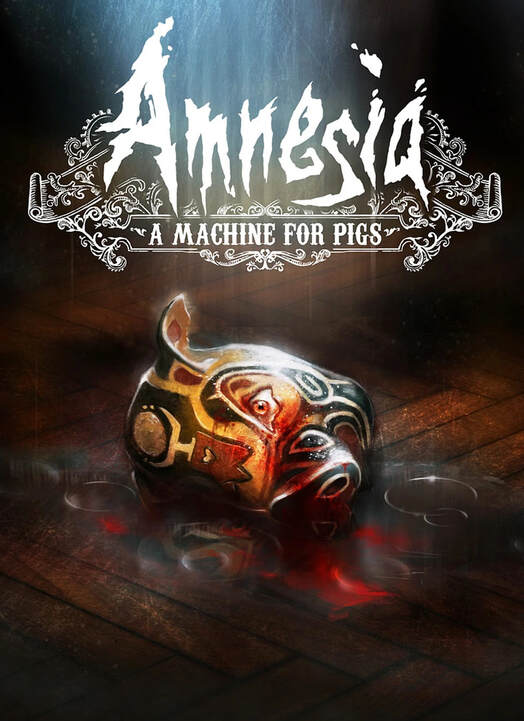
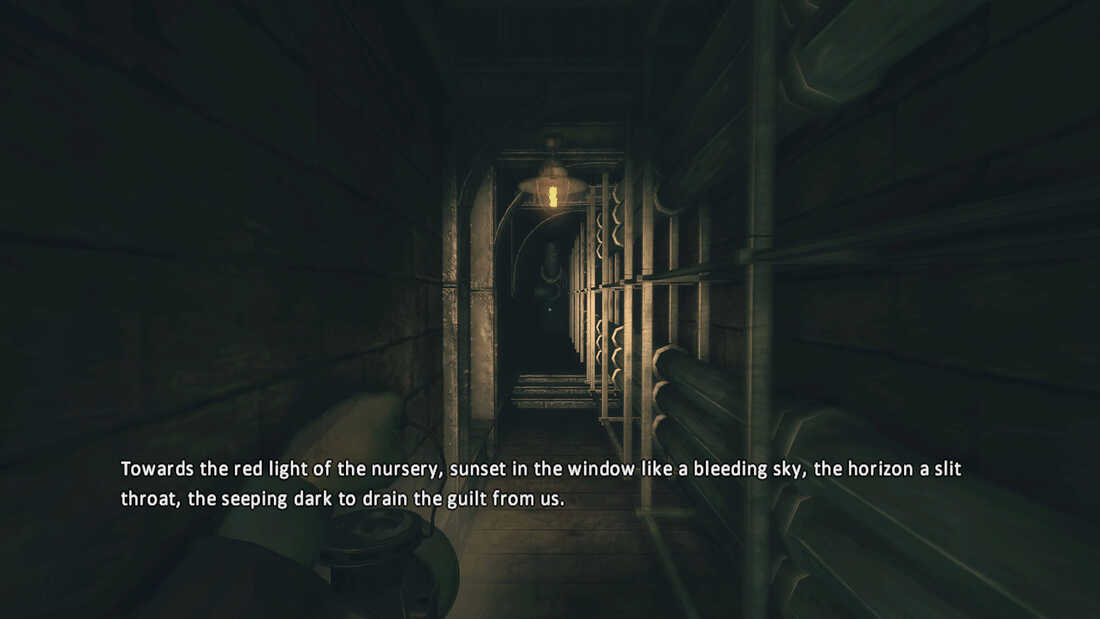
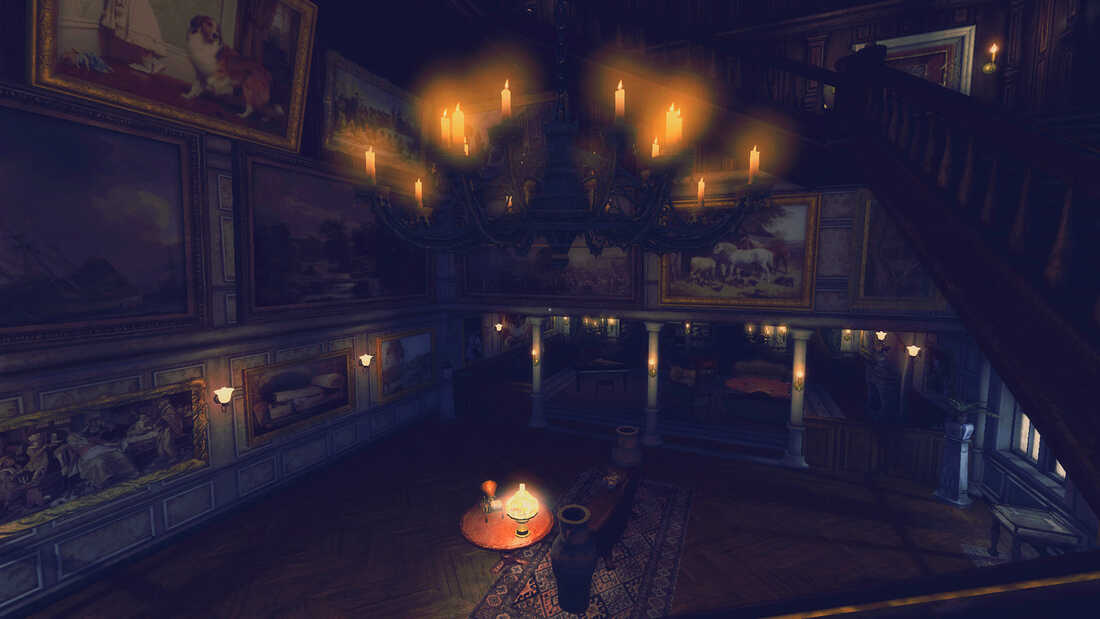
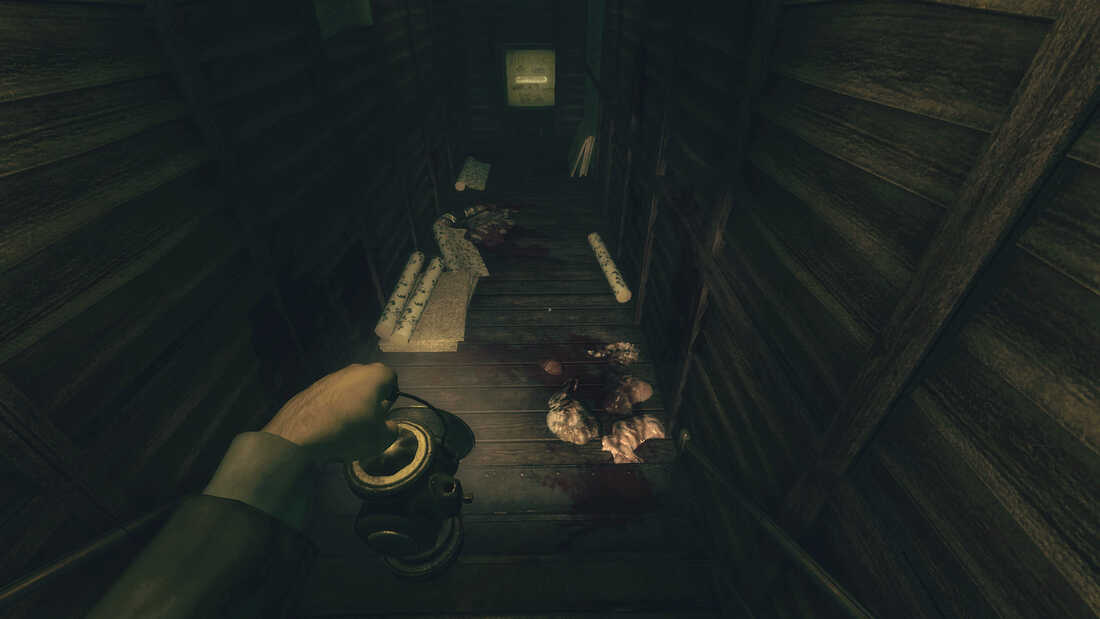
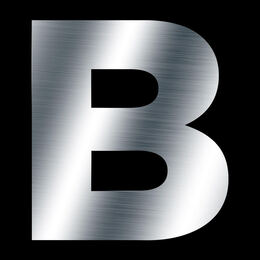
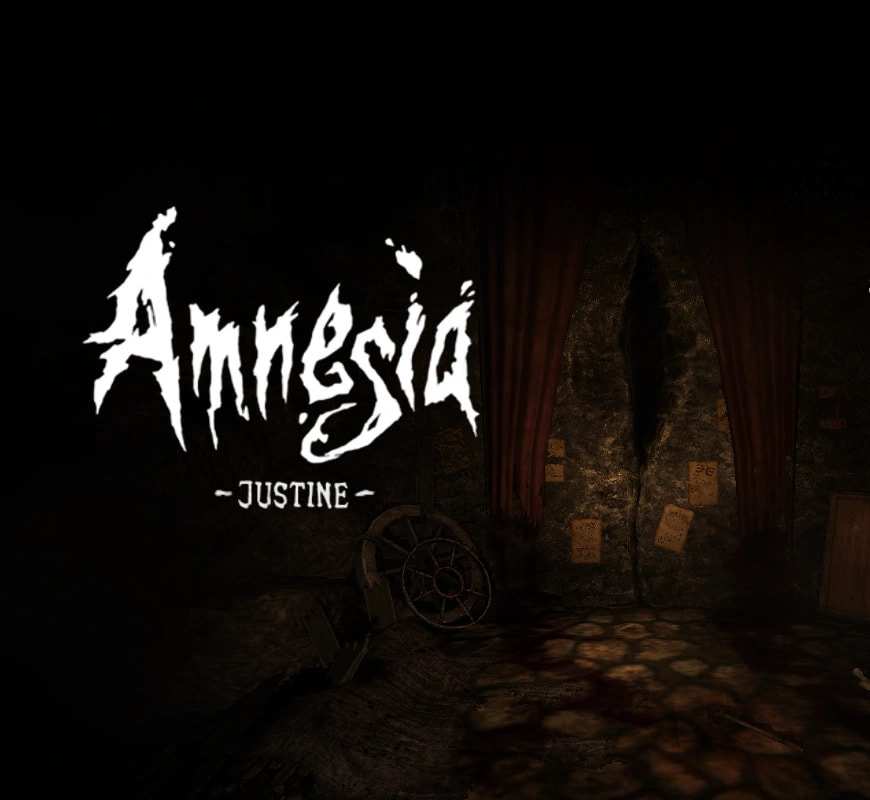
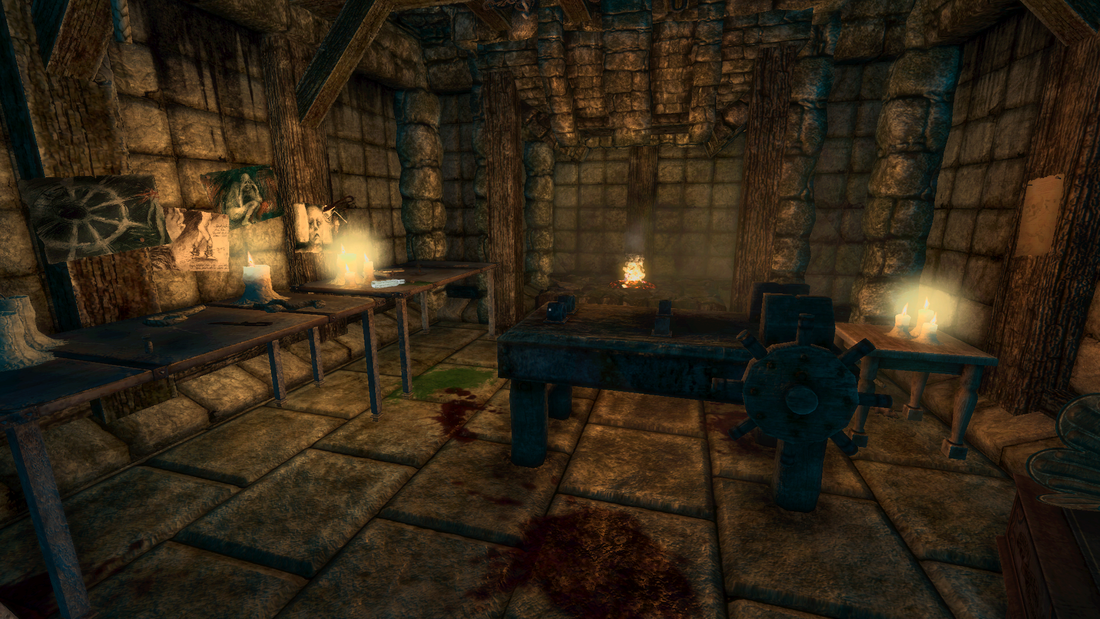
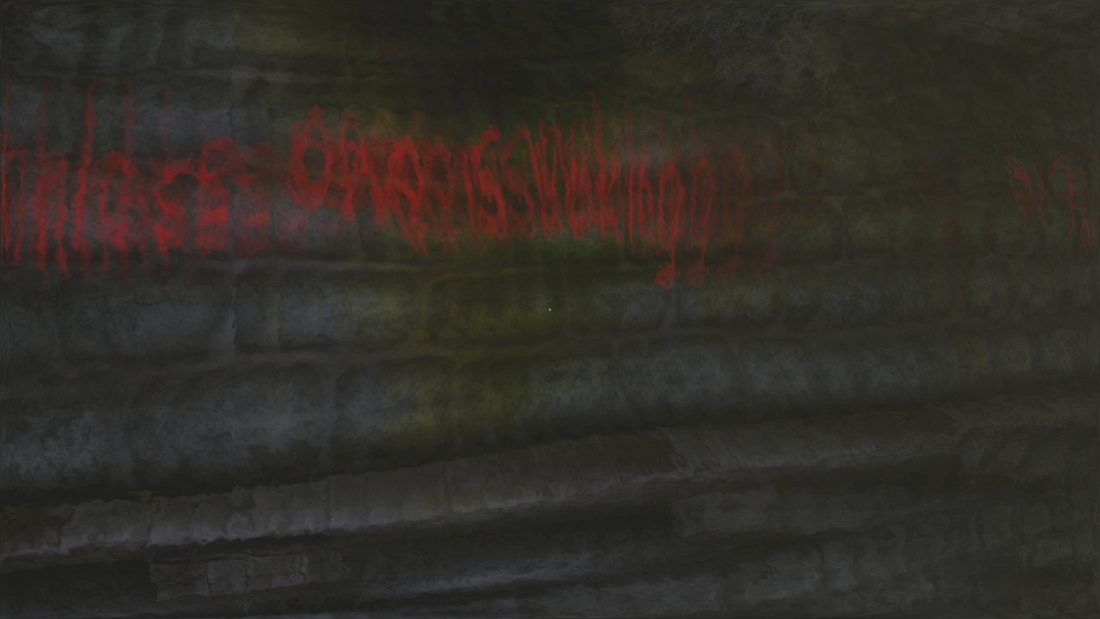

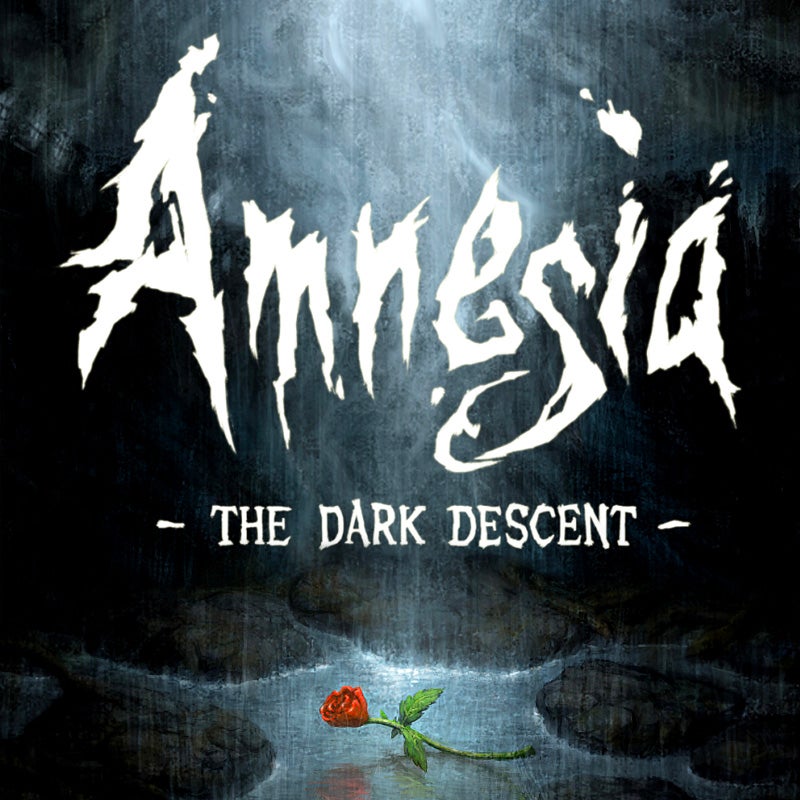
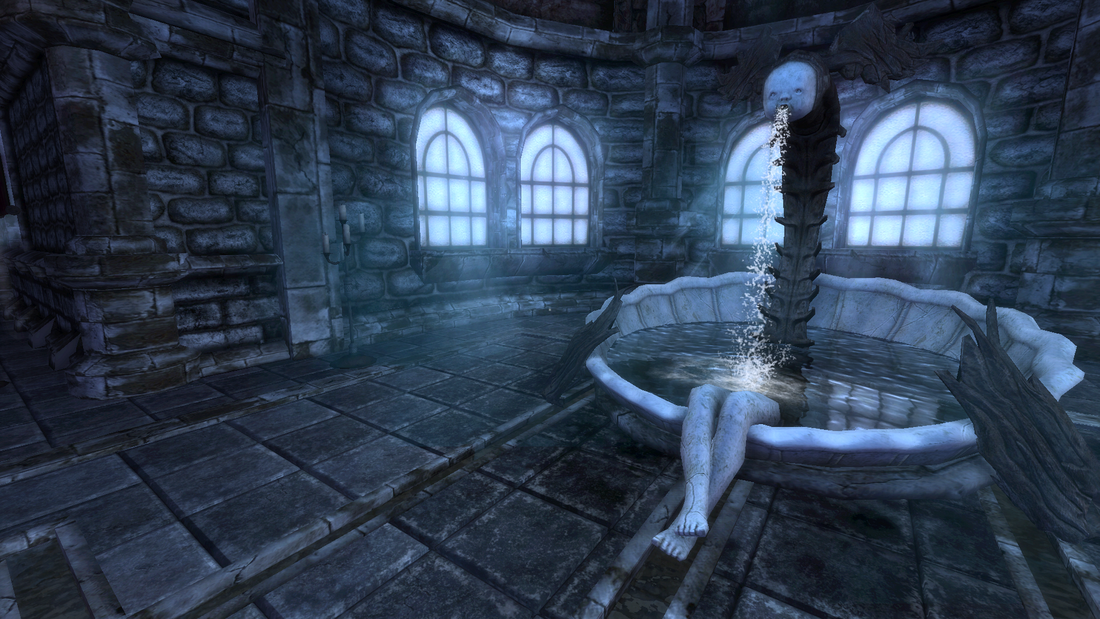

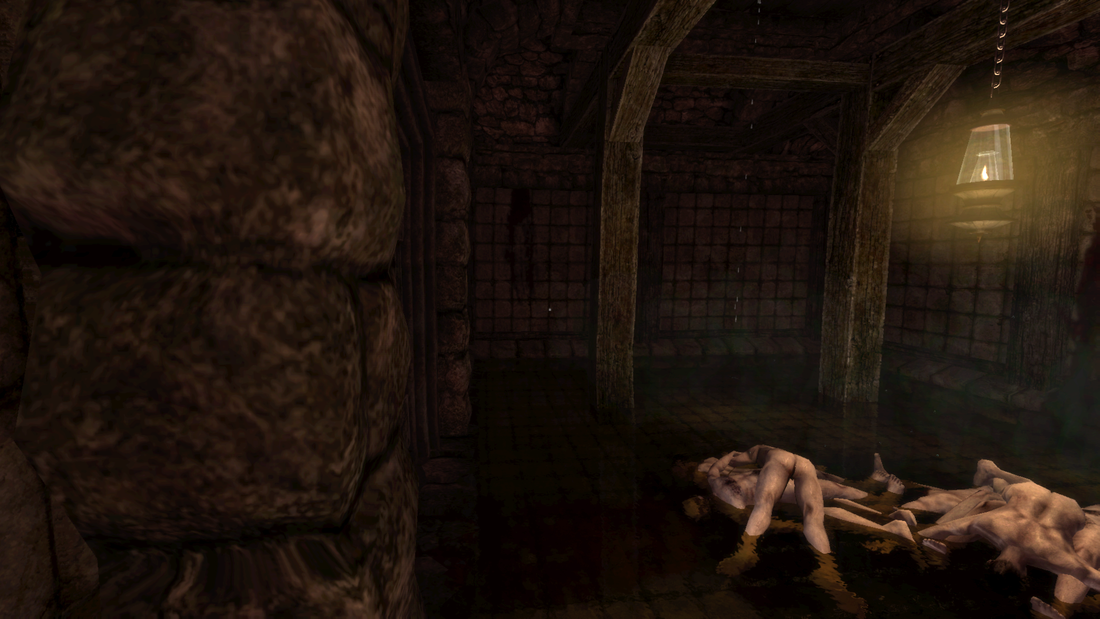
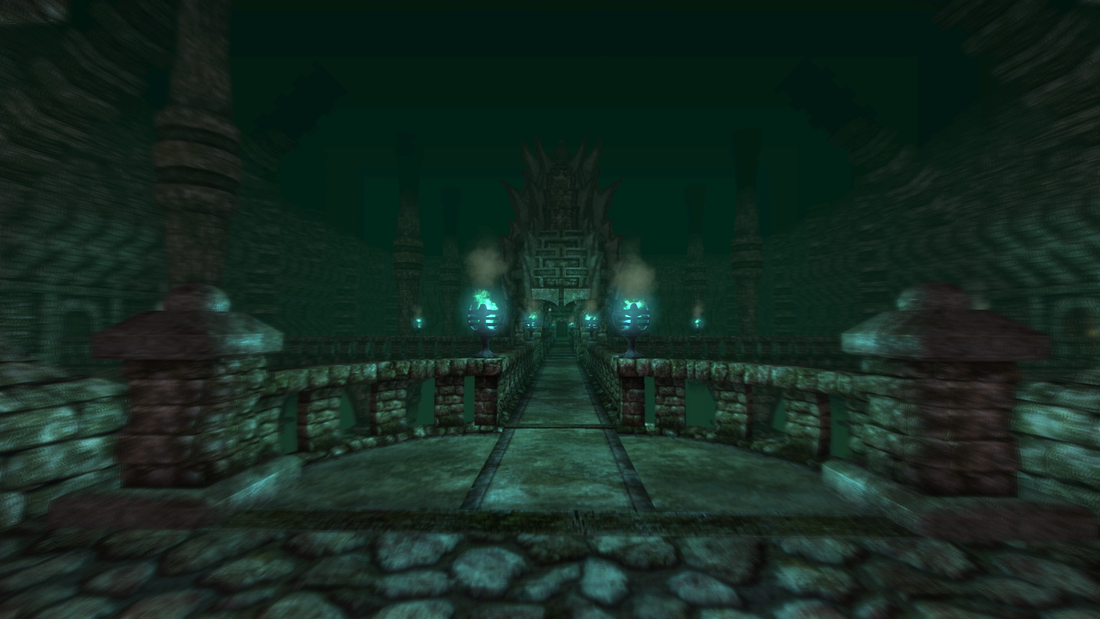

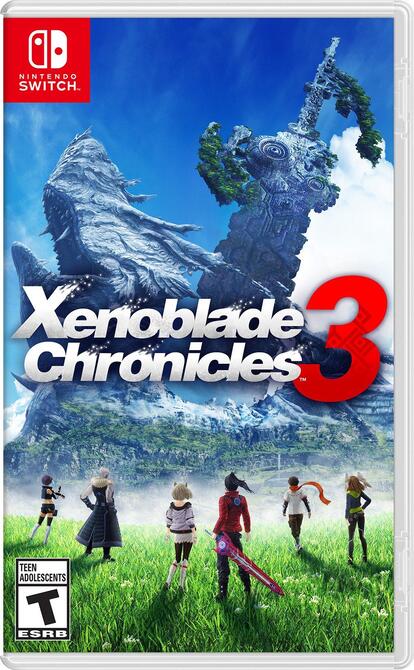
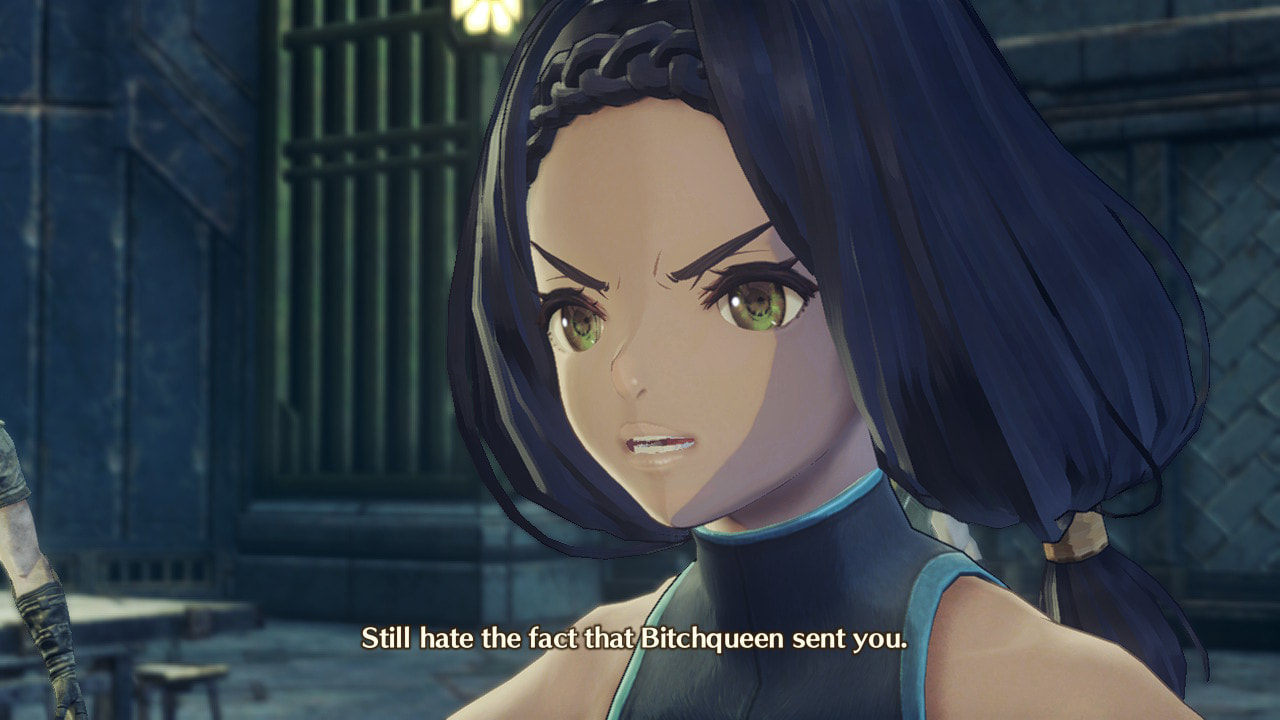
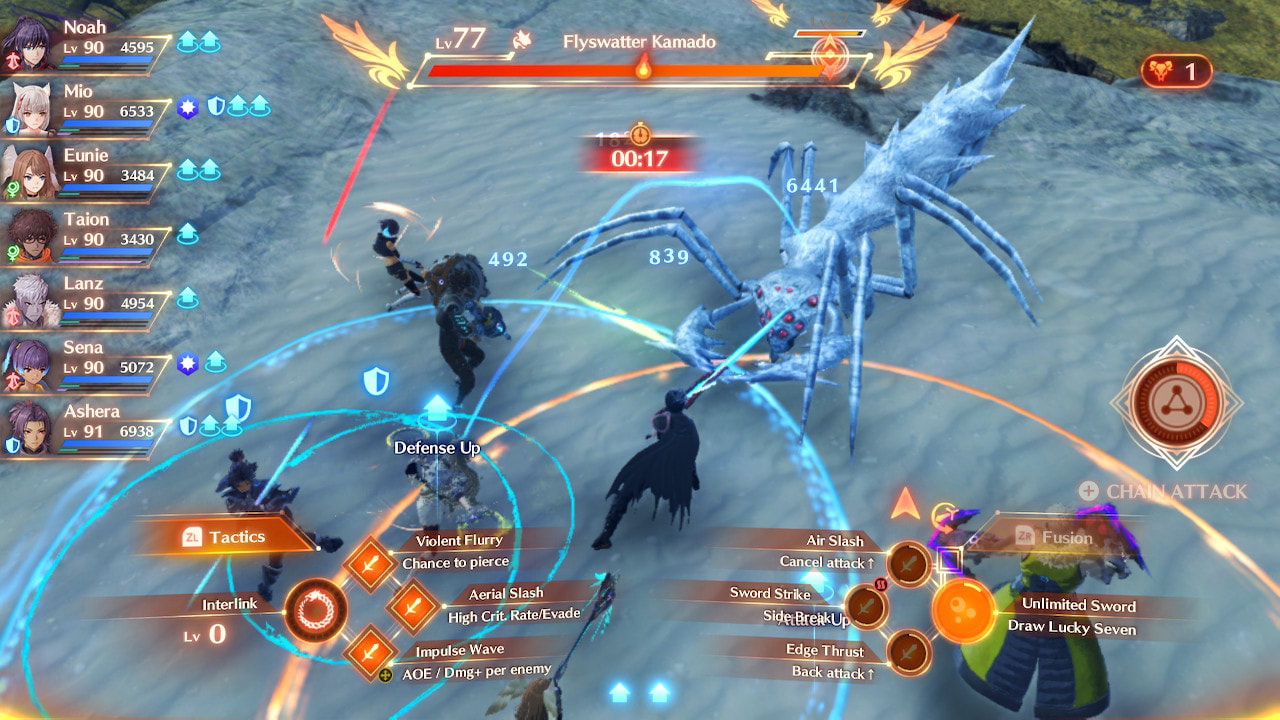
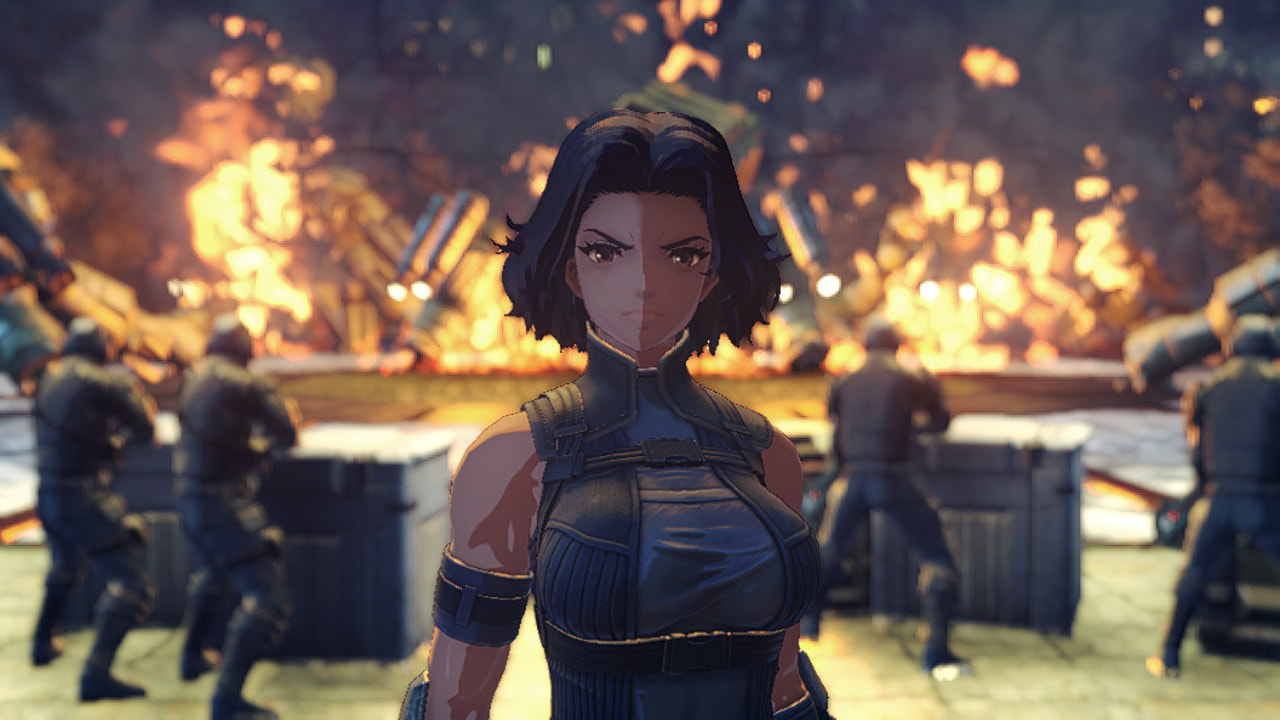

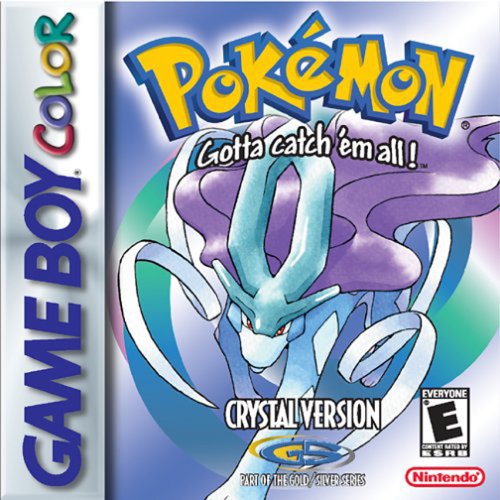
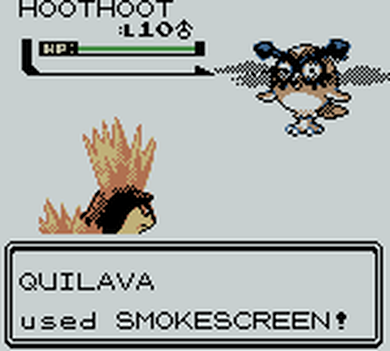
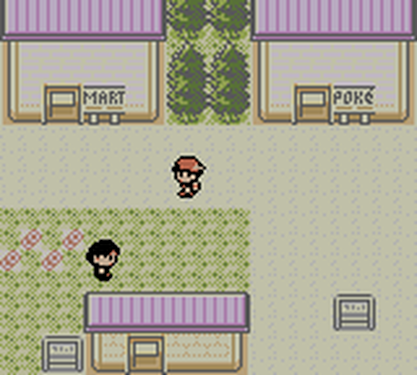
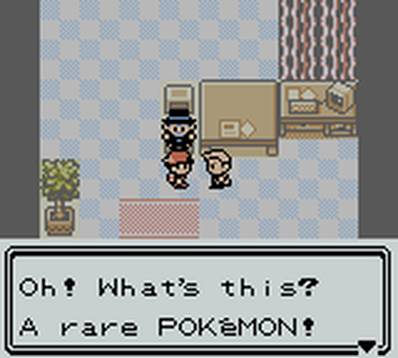


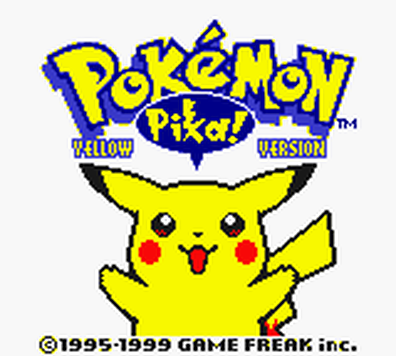
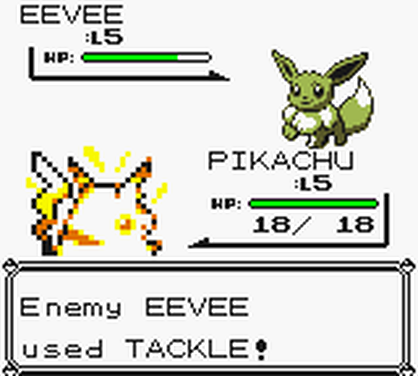
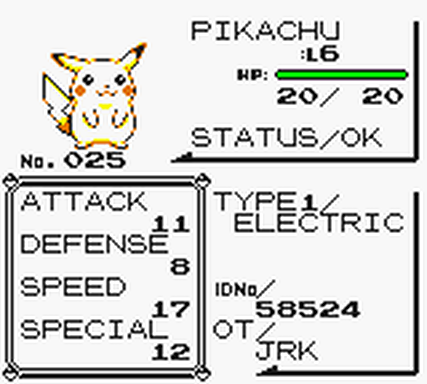
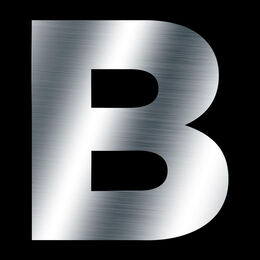
 RSS Feed
RSS Feed
